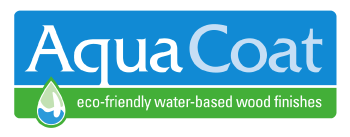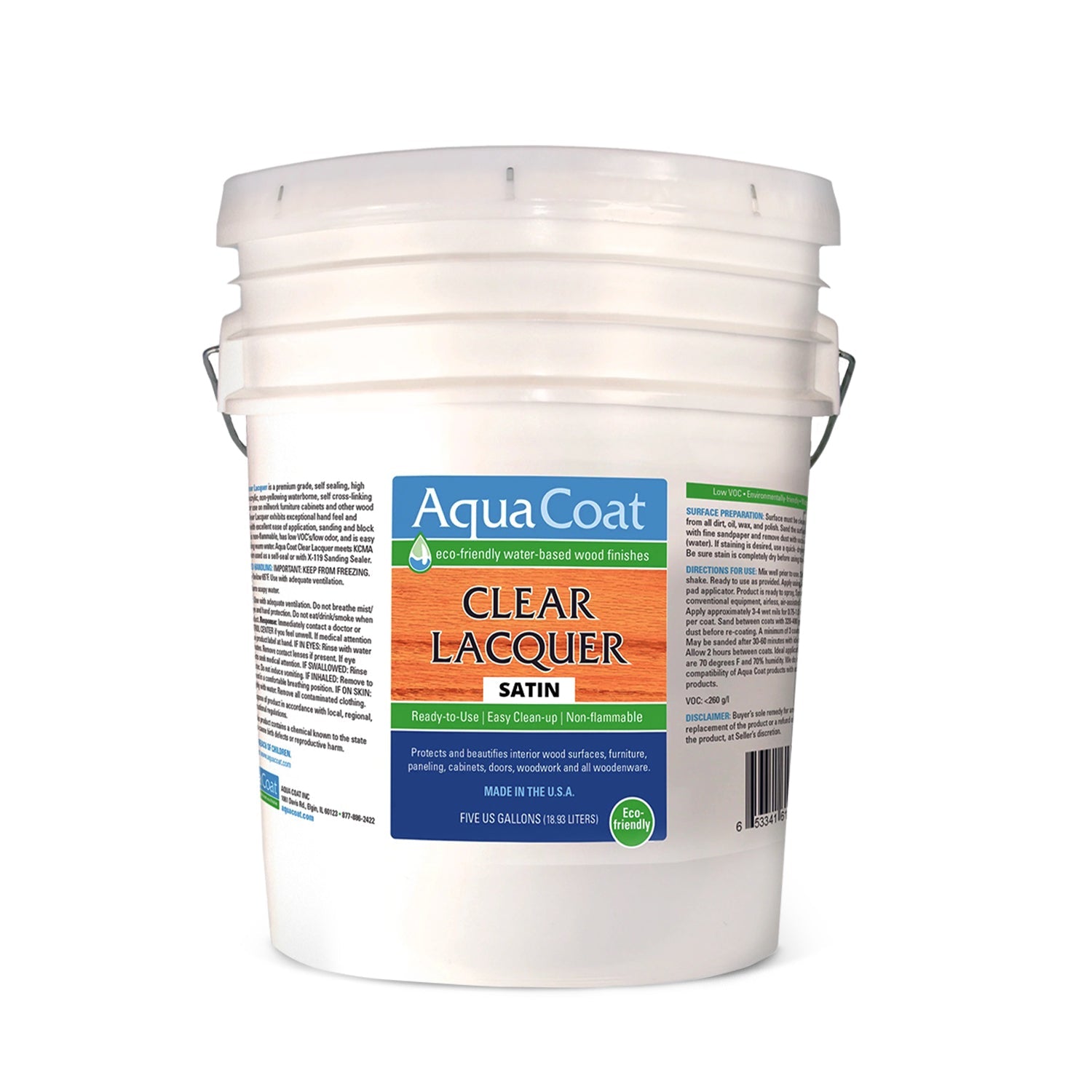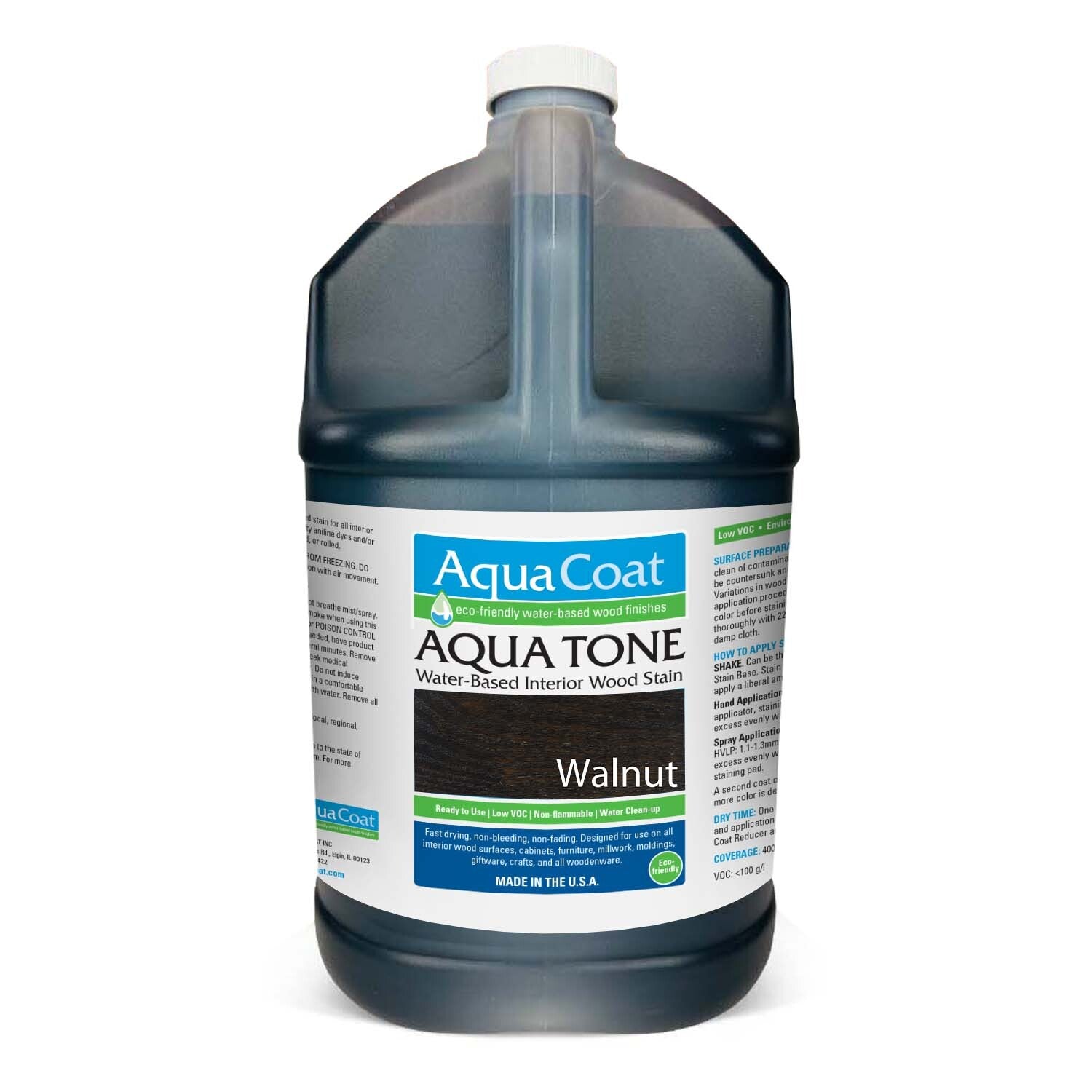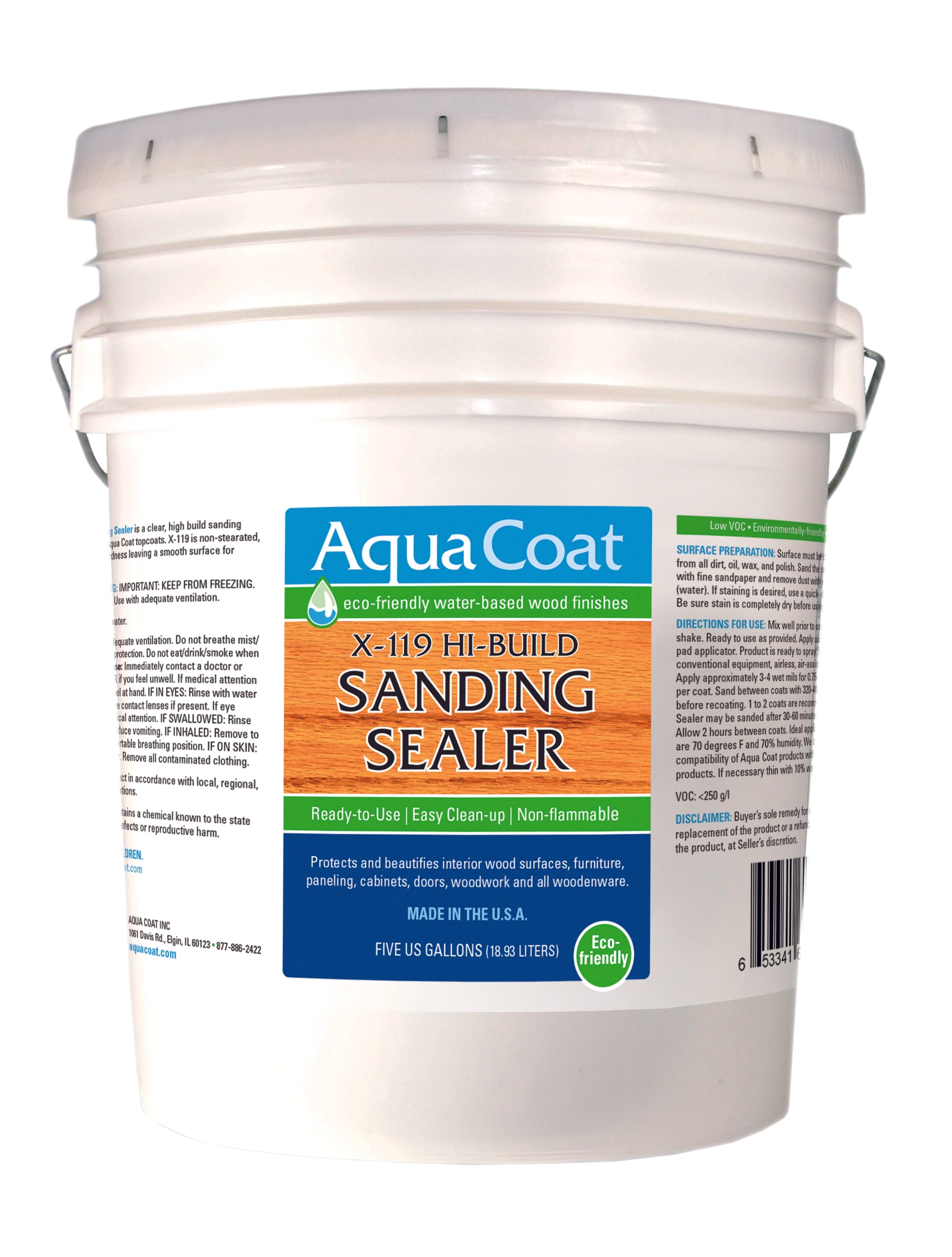How Do I Prepare My Wooden Doors for Staining?
Any realtor will tell you that a beautifully stained wood front door is a selling point and a great first impression. Kitchen cabinets and all wooden doors add richness to a home. If you have older wooden doors in your home or are replacing any door with a new, unfinished one, whether it's the front door, doors to rooms, or the doors of your kitchen cabinets, there is a process for staining them.
If you know the process and have everything you need at your disposal, the job can be fun, easy, and rewarding. Taking the proper steps, you will bring out the natural beauty and textures of the wood and protect your doors, keeping them beautiful for years to come.
Step 1:
Take the door or doors off their hinges. You do not want to stain a door in place the way you might with a simple paint job.
Step 2:
Remove the hinges and all door hardware, knobs, or handles. Put all of these in a safe place to ensure you don't lose any part of the hardware, including the screws and nails you will need later.
Step 3:
Before you begin to work on each door, lay it out flat. For larger doors, sawhorses are recommended, if possible. It is best to plan to work in a well-ventilated space. Smaller doors can be dealt with on a workbench or table, but be sure to cover any surfaces you don't want to splatter stain on such as a kitchen or dining room table.
Step 4:
It would be best if you sanded the doors thoroughly. Be sure to countersink any nails or screws and fill with Aqua Coat Wood Putty. If there is paint on the door, that will need to be removed first. Old stain, especially oil-based stain, might be a little harder to remove. Still, regardless, the door's surface must be sanded, and all old stain or paint must be removed until you are dealing with the raw wood.
Even if you are working with unfinished wood that has never been stained, it’s smart to sand the wooden doors before staining to open up the raw wood's fibers. You can simply use a sanding pad with grit sandpaper or an orbital sander. Sand with the grain not against it. Always protect your eyes, mouth, and even your clothing when sanding, especially if you are working in a smaller, closed space. Wear clear goggles and gloves. When working with a water-based wood stain, it is still preferable not to get the stain on your skin or on your clothes, but it is less difficult to remove from your hands and face than oil-based stain and far less toxic.
Wipe the wooden doors down with tack cloth, a sticky piece of cheesecloth-like gauze, before starting the staining process. This will help to remove sawdust and sediment created by the sanding. Also, consider using Aqua Coat Blotch Barrier, which helps hold down the grain raise and helps produce a uniform stain color on the surface of the softwood. This will prevent the stain from blotching. You can spray, brush or wipe blotch barrier onto your cleaned, raw wood and apply a second coat within 30 minutes. You will need to wait at least one hour before starting the actual staining process of the wooden doors after applying the two coats of the blotch barrier.
Step 5:
Finally, apply your first coat of stain. Using water-based stain has become more prevalent due to its ease of use and the fact that it is far more eco-friendly than oil-based stains. The same rich colors can be achieved with today’s water-based stains.
Apply the stain with the grain. It is best to use a lint-free cloth that you will fold into a kind of pad. You can use a brush in some instances, but the main objective is to paint the wood evenly and not cause drips or clumps. Apply the stain with light, even pressure and smooth, singular motions. Avoid making pools of stain so that your coat is even and not creating dark spots of stain in places.
You will likely apply at least a second coat and possibly more. It's important to let the stain dry then after it has. Use light steel wool or sandpaper to sand after each coat to remove the peach fuzz that will form after each coat of stain is applied. You should typically allow six to ten hours of drying time between coats of stain.
Step 6:
Finally, when you are satisfied with the staining look and have allowed the wooden doors to dry thoroughly, wipe down the surface of the stained doors with a clean cloth. Make sure your doors are entirely dust-free.
Step 7:
Hang your doors and put all the hardware back in place. Show off your handiwork.









Leave a comment